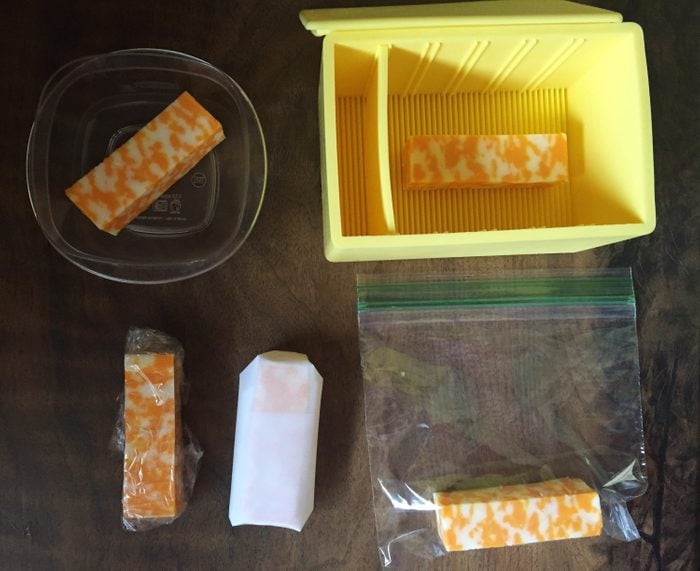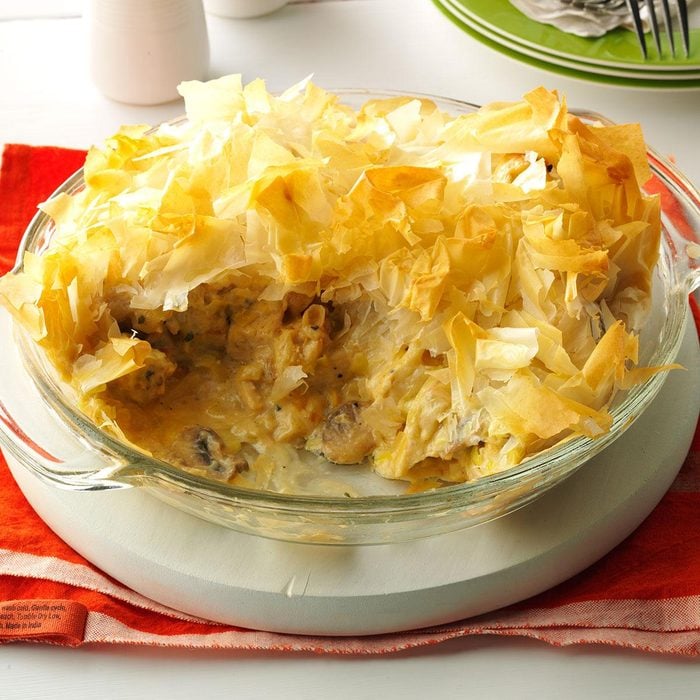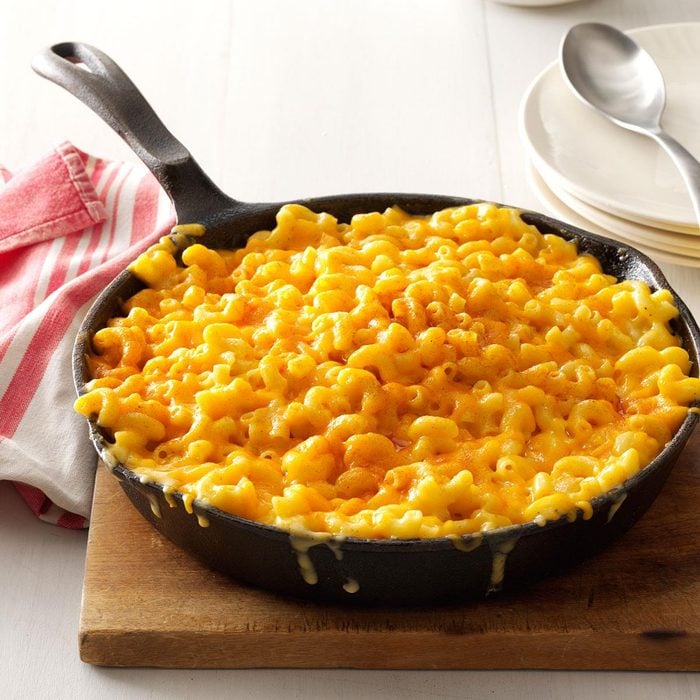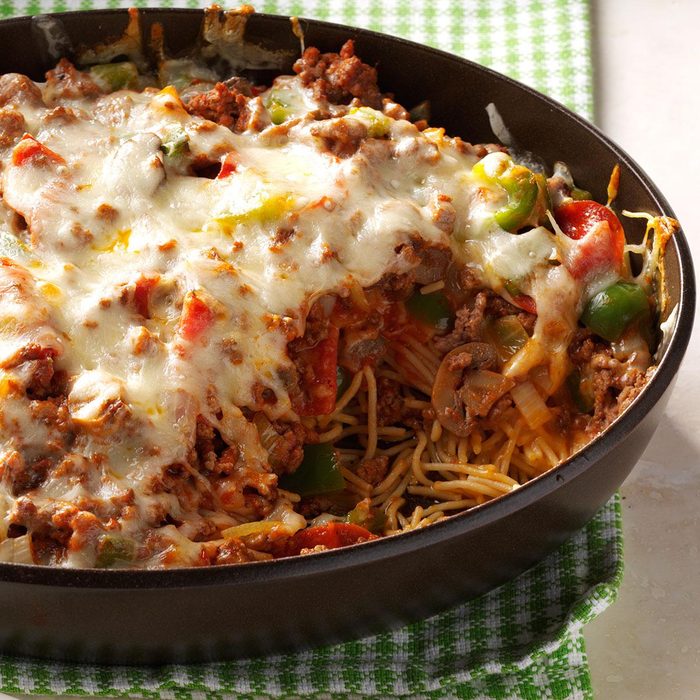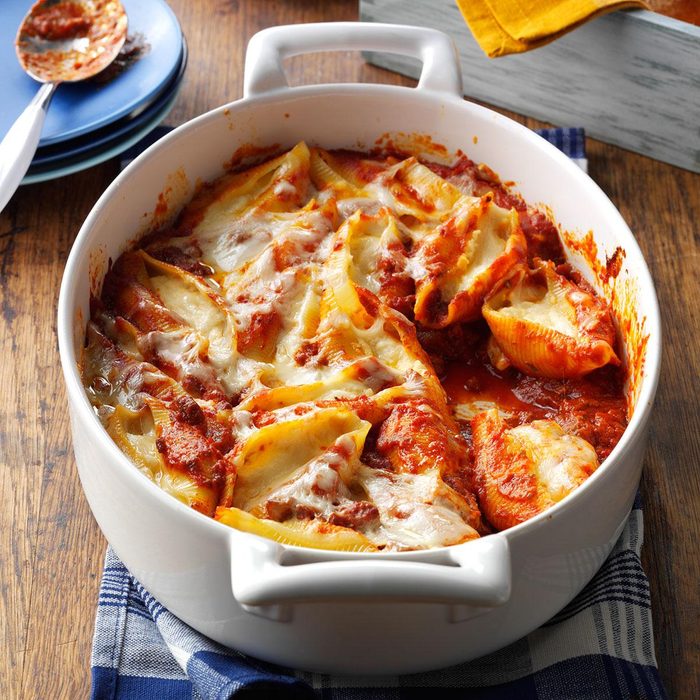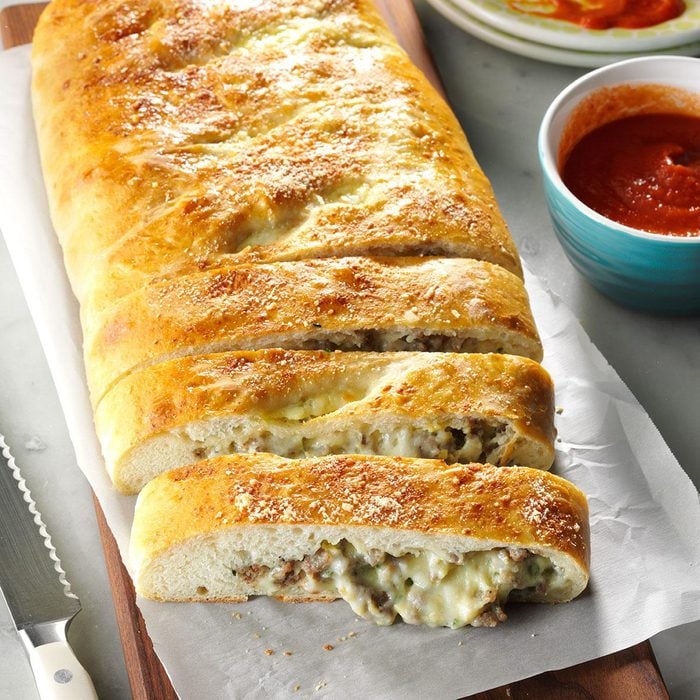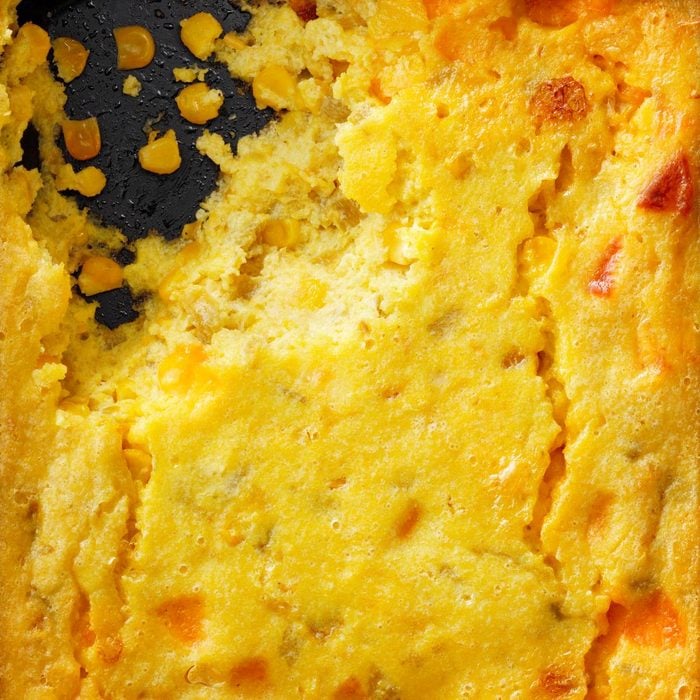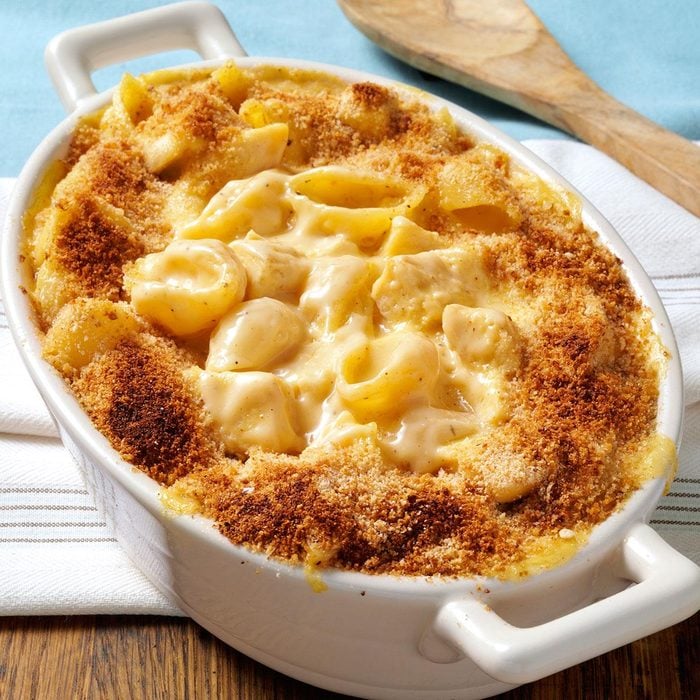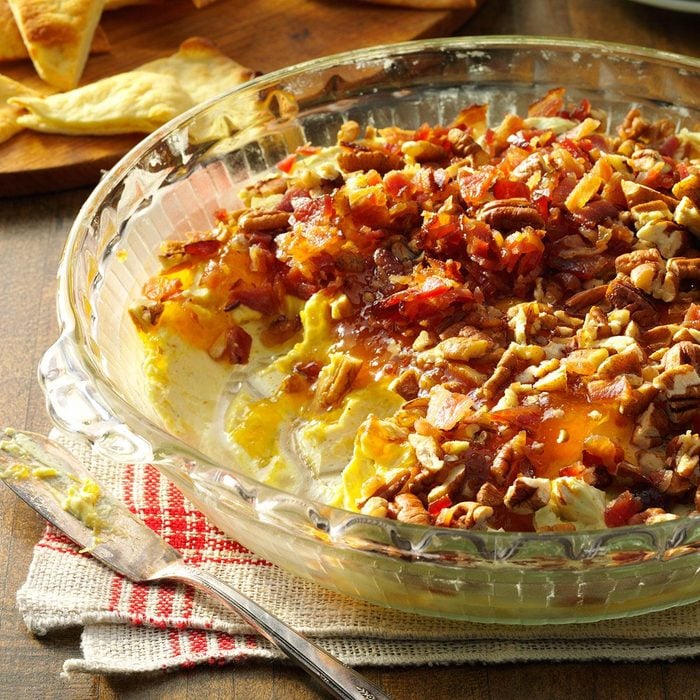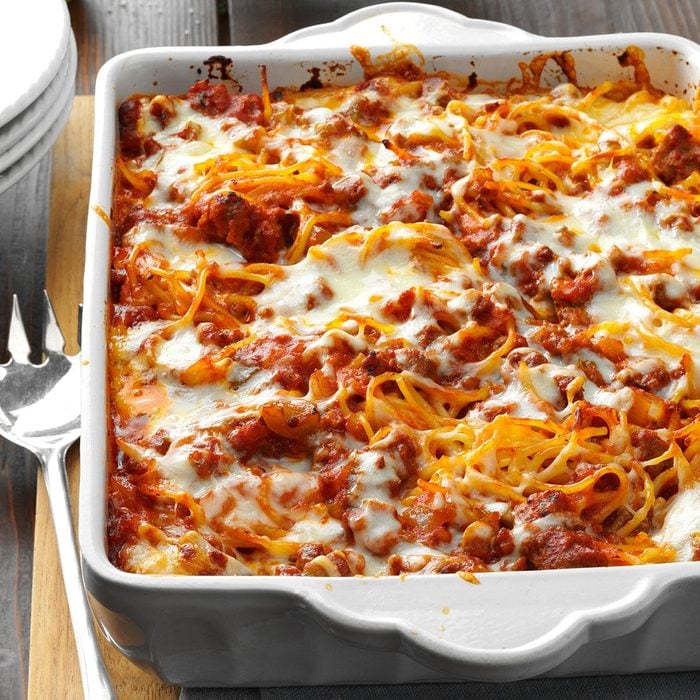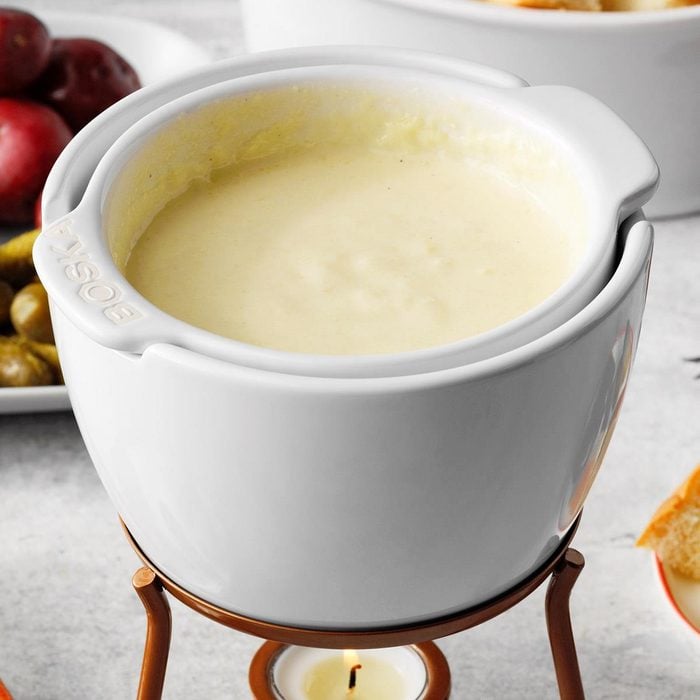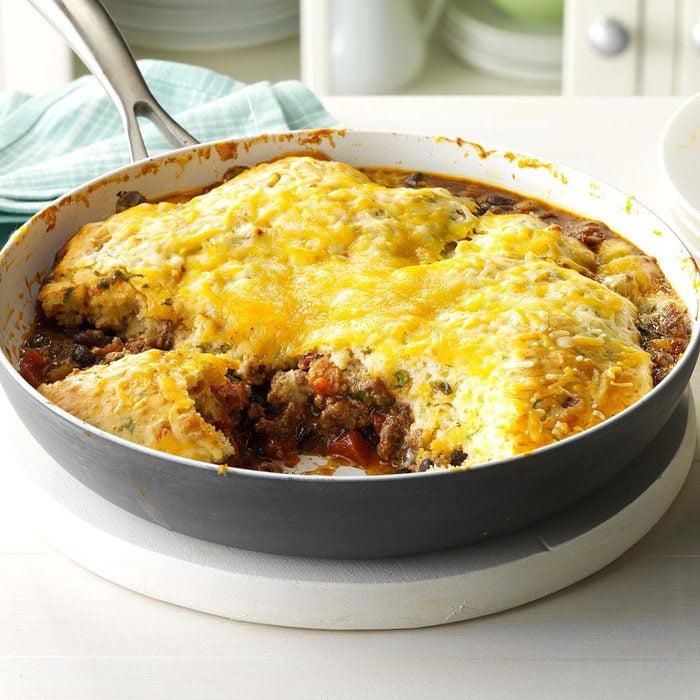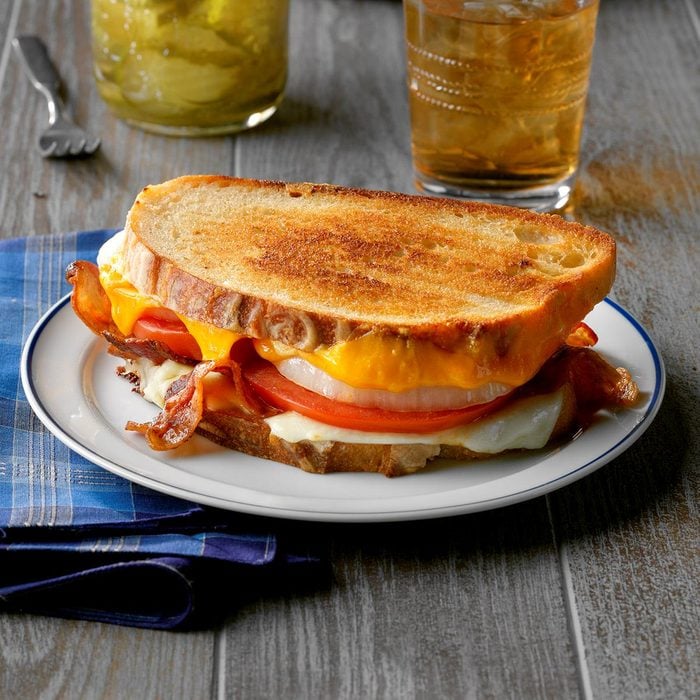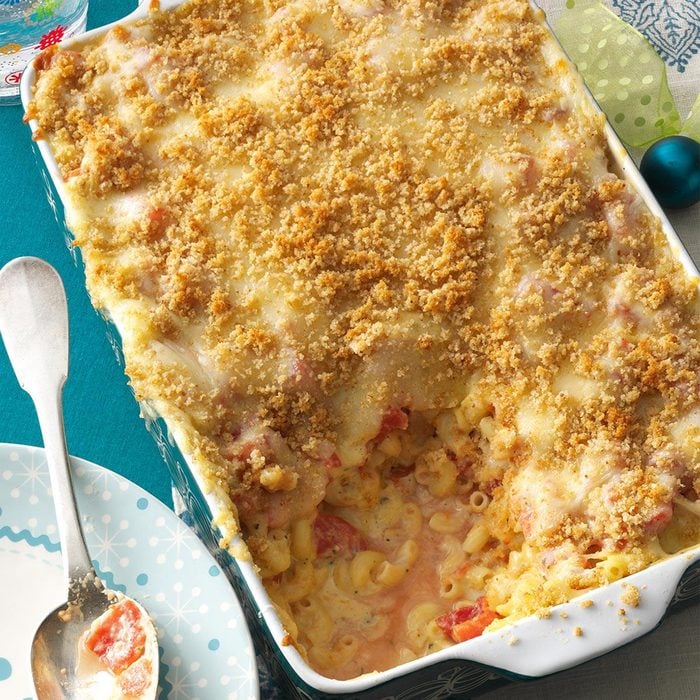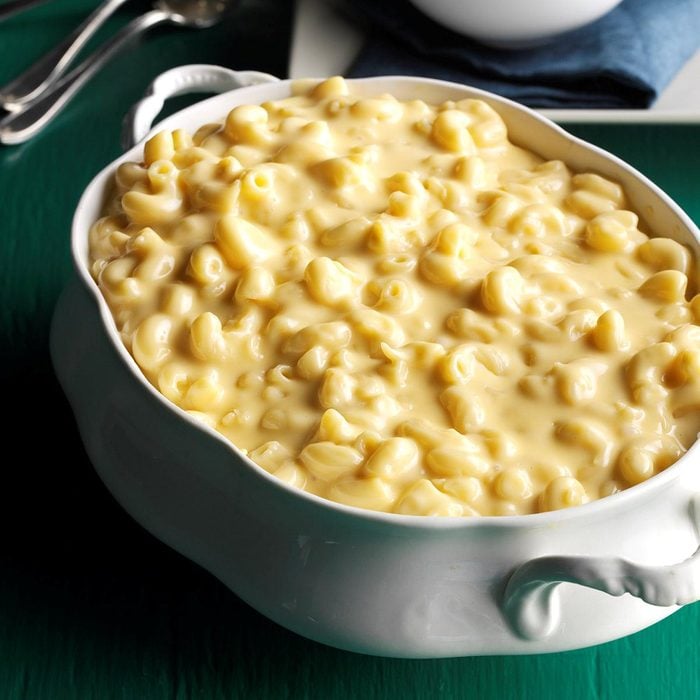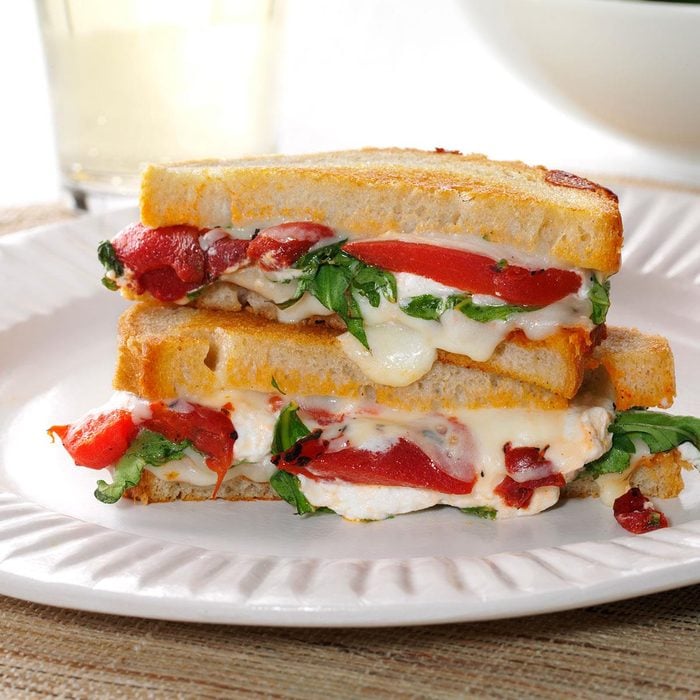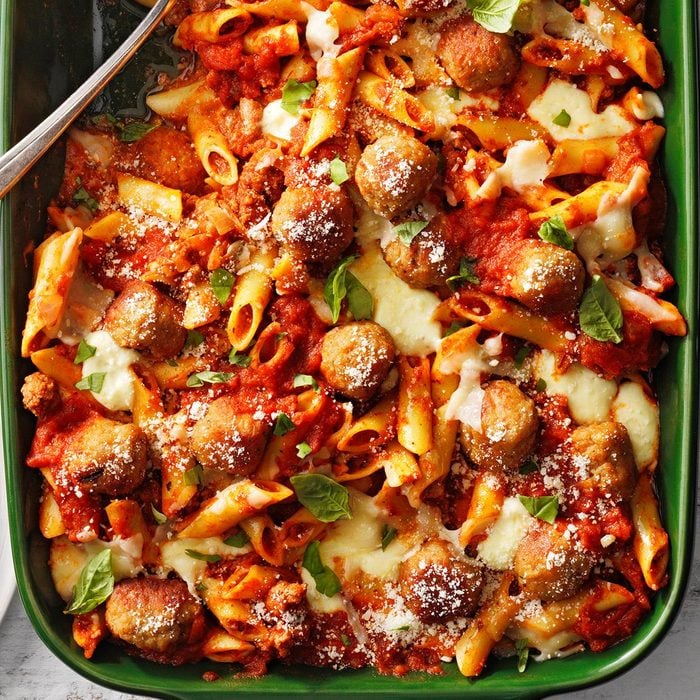IN_CONTENT_ADS_DEBUG: NO AD BECAUSE OF CHAR COUNT: 6, 150
When it comes to snacking, I’m 100 percent cheesehead. My refrigerator is typically stocked with a half dozen cheeses—you know, a cheese to fit every mood. However, with a dairy drawer stuffed to the gills, it can be hard to keep all these cheeses fresh. There’s nothing more disappointing than getting your perfect cheese and charcuterie board ready and finding that your Muenster has seen better days.
DISPLAY_DEBUG: NO DISPLAY BECAUSE OF LOOP START! 1, 1
In efforts to prevent that happening ever again, I decided to see exactly how long cheese would last in the refrigerator. However, I didn’t just want to pop a brick of shrink-wrapped Colby inside and start the clock—I wanted to see which common storage method would really keep my cheese the freshest. So I rounded up a few traditional methods and one novel storage idea and put them to the test.
DISPLAY_DEBUG: NO DISPLAY BECAUSE OF WRONG CADENCE! 2, 1, 6
The Experiment
For this this experiment I took a block of Colby-Jack cheese and cut it into equally sized pieces. Then I stored them five different ways: in plastic wrap, parchment paper, a zip-top bag, an air-tight container and a cheese vault.
DISPLAY_DEBUG: NO DISPLAY BECAUSE OF WRONG CADENCE! 3, 1, 6
Psst! The vault, for the uninitiated, is just a silicone box with a ridged bottom. (Here’s where to find one online.)
IN_CONTENT_ADS_DEBUG: NO AD BECAUSE OF CHAR COUNT: 123, 150
I popped them on the same shelf in my refrigerator (well, first I had to do some fridge reorganizing) and waited. While it was hard not to snack on this cheese, I refrained. This was for science! And the sake of all future cheeses.
DISPLAY_DEBUG: NO DISPLAY BECAUSE OF WRONG CADENCE! 4, 1, 6
The Results
The Method That Just Didn’t Work
Stashing these cheeses in my refrigerator, I figured it would be a few weeks until they’d start to turn a bit fuzzy. However, after just eight days, one cheese was rendered inedible. The block wrapped in parchment didn’t mold, but it did dry out. When I checked on it, it was dry, crumbly and just not suitable to eat. So when it comes to keeping your cheese under wraps, skip parchment (well, not altogether—use it to line your cake pans the right way).
DISPLAY_DEBUG: NO DISPLAY BECAUSE OF WRONG CADENCE! 5, 1, 6
The Ones That Were Pretty Good
While I was definitely shocked at how quickly that first brick went bad, I was pretty surprised at how long my other chunks of cheese lasted. Wrapped in plastic wrap, that block took 28 days to develop mold. Stashed in a airtight plastic container, the cheese took 31 days to go bad and the zip top bag cheese took 34 days. Overall, these all kept pretty long in the refrigerator, but their demise was ultimately caused by all the moisture trapped inside those containers (moisture really helps mold grow fast). I wasn’t too shocked since I typically stored my cheese in plastic wrap, but it was interesting to see how the other options stacked up.
DISPLAY_DEBUG: NO DISPLAY BECAUSE OF WRONG CADENCE! 6, 1, 6
The Winner
Despite a good showing from those plastic-wrapped options, the cheese vault ended up keeping the cheese the freshest the longest! After 40 days—let me say that again: 40 days!—the cheese still had zero signs of mold. The cheese did look just a touch dry but slicing into it, it was still perfectly suited for cheese and crackers. The product page for the cheese vault does say that if you’re planning on keeping the cheese stored for a long time, you can add a sprinkling of water to the bottom of the container to keep the cheese climate a bit more humid so the cheese doesn’t dry out (but this is only necessary if you’re planning on storing it for a month or more).
DISPLAY_DEBUG: GOT DISPLAY! 7, 1, 6, 1
So what makes this cheese vault so good at keeping your cheddar fresh? Well, it’s just the construction of this box: it’s made of durable silicone with ridges on the bottom. The lid doesn’t have a tight seal, it just sits atop the base. This, along with the ribbed bottom, helps allow a bit of air—but not too much—circulate inside the vault.
DISPLAY_DEBUG: NO DISPLAY BECAUSE OF WRONG CADENCE! 8, 1, 6
The Cheesy Conclusion
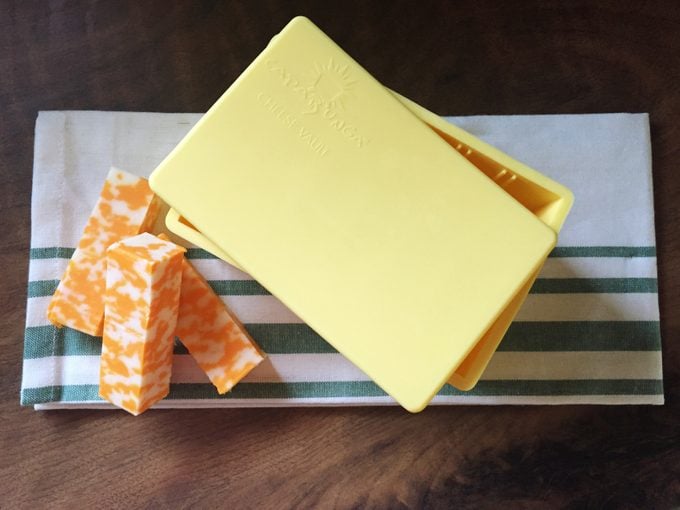 Lisa Kaminski/Taste of Home
Lisa Kaminski/Taste of Home
While I rarely have a problem finishing cheese before it goes bad, I do think that having the cheese vault is incredibly handy. It’s a great insurance policy for people that are serious about their cheddar (or gouda or havarti) and would hate to see it get fuzzy.
IN_CONTENT_ADS_DEBUG: NO AD BECAUSE OF PARAGRAPH NEAR MEDIA: 1, 0, <img
There are a few other upsides to this particular product too—namely that it’s a greener way to keep cheese (here are some other ways to go green at home). Of course it’s a larger investment up front (about $30), but it saves you from using plastic baggy or cling wrap for each cube of cheese. Another bonus? You can store different cheeses in the vault without them affecting one another’s flavor. The vault comes with a divider that keeps cheeses separate (they think of everything!).
IN_CONTENT_ADS_DEBUG: NO AD BECAUSE OF PARAGRAPH NEAR MEDIA: 1, -1, <img
Of course if you’re not too worried about keeping cheese, the regular plastic wrap routine will work fine (just keep an eye on it), but for serious cheese connoisseurs, this product is a must! Right now, mine is chock full—time to make a grilled cheese or two!
DISPLAY_DEBUG: NO DISPLAY BECAUSE OF WRONG CADENCE! 9, 1, 6
The Cheesiest Recipes We've Ever Made
The Ultimate Grilled Cheese
These gooey grilled cheese sandwiches taste great for lunch with sliced apples. And they're really fast to whip up, too. Here's how to make grilled cheese the right way. —Kathy Norris, Streator, Illinois
Go to Recipe
Skillet Mac and CheeseThis creamy mac and cheese is so simple it’s almost too easy! Kids really go for the rich cheese flavor, but I’ve never met an adult who didn’t love it just as much. —Ann Bowers, Rockport, Texas
Pepperoni-Sausage Stuffed PizzaFor 30 years, friends have been telling me to open a pizzeria using this recipe. It even freezes well. —Elizabeth Wolff, Carmel, Indiana
Deep-Fried Mac & Cheese ShellsI created this deep fried mac and cheese recipe for my husband. He describes this recipe as unbelievably delicious because of the crispy deep-fried coating on the outside and the creamy richness on the inside. —Shirley Rickis, The Villages, Florida
Cheesy BBQ Beef DipBarbecued beef dip is a holiday staple in our house. My husband can't get enough! —Selena Swafford, Dalton, Georgia
Garlic-Cheese FlatbreadUnless you plan to make two, don't count on leftovers. As an appetizer or side, this cheesy flatbread will be devoured in less time than it takes to bake. And that's not long! —Suzanne Zick, Maiden, North Carolina
Slow-Cooker LasagnaConvenient no-cook lasagna noodles take the work out of this traditional favorite adapted for the slow cooker. It's so easy to assemble for workdays or weekends. We like it accompanied by Parmesan bread or garlic cheese toast. —Lisa Micheletti, Collierville, Tennessee
Hot Cheese DipWhen a colleague brought this cheesy dip to school for a teachers potluck, I immediately gave it an A+. I had to have the recipe for this irresistibly creamy recipe to make for my family! —Ardyce Piehl, Poynette, Wisconsin
Cheeseburger SoupFind out why this easy cheeseburger soup recipe is one of the top-rated recipes on our site!
Best LasagnaWhat makes this classic lasagna recipe so spectacular? Homemade meat sauce and plenty of cheese. Best of all, it's easy to make lasagna ahead of time so dinner can be ready in a flash.
Meatball FlatbreadAs amazing as this flatbread is, you would never guess how unbelievably easy it is to make. And hiding veggies in the sauce is a clever trick, especially if you have kids. For a crunchy crust, bake the naan in the oven until slightly crispy on top before adding the tomato sauce. —Kimberly Berg, North Street, Michigan
Cheesy Chicken and Leek Phyllo PieIn our house, chicken potpie is a year-round staple. For a springtime feel, we use leeks and mushrooms and a lighter phyllo dough crust. If you don't have gruyere, try Parmesan. —Andrea Stewart, Toronto, Ontario
Poppy Seed Cheese BreadThis easy-to-make bread goes well with a salad luncheon or a casserole dinner. But I especially like to serve it with spaghetti and pasta dishes. The cheese topping is its crowning glory! —Elaine Mundt, Detroit, Michigan
Homey Mac & CheeseI also call this "my grandson's mac and cheese." Zachary has been to Iraq and Afghanistan with both the Marines and Navy, and I've been privileged to make his favorite casserole for him for over 20 years. —Alice Beardsell, Osprey, Florida
Cheesy Pizza CasseroleI discovered this recipe in the reader's exchange page of our local electric cooperative's magazine. Serve it whenever you've got a crowd to please!—Judy Chandler, Franklin, Kentucky
Cheesy Hash BrownsThese cheesy hash browns were so popular at the morning meetings of our Mothers of Preschoolers group that we published it in our newsletter. It's a great dish for busy moms because it can be prepared ahead of time. It's perfect for brunches or to serve on Christmas morning. It's creamy, comforting and tasty. —Karen Burns, Chandler, Texas
Hot Bacon Cheese DipThis crowd-pleasing cheesy bacon dip won't last long on your appetizer table. Best served hot with tortilla chips or toasted French bread, this dip is versatile and filling.
Cheesy QuesadillasWe serve these quesadillas as chili dippers or load them up with salsa and sour cream for a super starter. —Terri Keeney, Greeley, Colorado
Three-Cheese Jumbo ShellsI love cooking, but I'm not into fancy gourmet foods. I think it's more challenging to make delicious, down-home foods like this beefy casserole with ingredients easily found in the refrigerator and on my pantry shelves. —Marjorie Carey, Alamosa, Colorado
Best LasagnaWhat makes this classic lasagna recipe so spectacular? Homemade meat sauce and plenty of cheese. Best of all, it's easy to make lasagna ahead of time so dinner can be ready in a flash.
Cheese GritsGrits make a pleasingly neutral side dish, but these cheese grits bring a little more to the table. The cheese gives them flavor and richness enough to complement most entrees.
Cheesy Sausage StromboliI've had a hundred requests for this recipe over the years. Perfect for brunch or as an evening snack, this sausage-filled bread is not tricky to make—and I never have to worry about storing leftovers! —Vada McRoberts, Silver Lake, Kansas
Cheesy Corn CasseroleI've had this cheesy corn casserole recipe for years, and my family still asks for it all the time. Our son, who is not a big vegetable eater, says it's one of his favorites.—Joan Hallford, North Richland Hills, Texas
Ham ChowderThis ham chowder recipe is chock-full of ham, bacon, potatoes and cheese—all ingredients we love on their own, but even more so together. A warm bowl will warm you up from the inside, out!
Pizza DipLooking for a hot dip recipe that everyone will love? Cheesy pizza dip is the answer.
Cheesy Chicken 'n' ShellsWhen our friend served us this entree, I asked her for the recipe right away. It was so good, I thought I would share it with others. I cut the recipe down for a meal or two, but it can easily be doubled or tripled. —Jodee Harding, Mount Vernon, Ohio
Mini Grilled CheeseIf you're looking for a fantastic make-ahead snack, try these miniature grilled cheese sandwiches. They're nice to have in the freezer for lunch with soup or a salad. My family loves to nibble on them anytime. —Anita Curtis, Camarillo, California
Curry Cheese SpreadI made this creamy spread with my students and it was a big success. It is easy to make and the flavor contrasts make it interesting. Toasty bread slices are the perfect compliment.
Paula Englert, Louisville, Kentucky
Ground Beef Taco DipWhat's a football party without taco dip? This version made with spicy ground beef and fresh toppings does not disappoint the die-hards. It is full of classic flavors and is a little extra filling for game day appetites. —Errika Perry, Green Bay, WI
Mozzarella Baked SpaghettiThis satisfying easy baked spaghetti recipe comes together and will please everyone at your table. Add a salad and breadsticks, and dinner's done. —Betty Rabe, Mahtomedi, Minnesota
Buffalo Macaroni and Cheese BitesIn this vegetarian Buffalo-style appetizer, macaroni and cheese get heated up with Louisiana-style hot sauce, then breaded and baked. These tasty nibbles are served with blue cheese dressing. —Ann Donnay, Milton, Massachusetts
Party Cheese BreadYou can't go wrong with this cheese bread recipe. The cheesy, butter bread is so simple to make but the taste is sinful. Plus it looks fantastic, and people just flock to it! It's better than the usual garlic bread with pasta, too. —Karen Grant, Tulare, California
Best LasagnaWhat makes this classic lasagna recipe so spectacular? Homemade meat sauce and plenty of cheese. Best of all, it's easy to make lasagna ahead of time so dinner can be ready in a flash.
Three-Cheese FondueI got this easy recipe from my daughter, who lives in France. It’s become my go-to fondue, and I make it often for our family.—Betty A. Mangas, Toledo, Ohio
Fiesta Beef & Cheese Skillet CobblerI tweaked my beefy skillet cobbler until it achieved the wow factor. It's now a family tradition. Top it off with lettuce, avocado, cherry tomatoes and a dollop of sour cream. —Gloria Bradley, Naperville, Illinois
Best Ever Grilled Cheese SandwichesYou can also use your imagination to come up with other grilled cheese sandwich ideas, such as chives, a sprinkle of Parmesan cheese or Italian seasoning, and even a spoonful of salsa. —Edie DeSpain, Logan, Utah
Italian Three-Cheese MacaroniYour dream Italian vacation meets the ultimate comfort food in this Italian mac and cheese that's creamy and indulgent.
Potluck Macaroni and CheeseYou'll always have a winner at the potluck when you bring macaroni and cheese. Here's an extra-rich, creamy version for the slow cooker. —Jennifer Blondek, Chicopee, Massachusetts
Hot Spinach Artichoke DipOne taste of this outrageously delicious hot spinach artichoke dip and your guests will not stop eating it until it's gone. The savory blend of artichokes, spinach and Parmesan cheese is positively addictive! It tastes even better if you make it the night before and chill it in the fridge before baking. —Michelle Krzmarzick, Torrance, California
Grilled Goat Cheese & Arugula SandwichesTo create a more “grown-up” grilled cheese sandwich, I threw in tangy goat cheese and peppery arugula. I enjoy a similar combination on pizza, and it worked here, too! —Jess Apfe, Berkeley, California
Twice-Baked Cheddar Potato CasseroleBacon, cheddar and sour cream turn ordinary potatoes into an extraordinary twice baked potato casserole. It's one of our family's beloved standards for the holidays. —Kyle Cox, Scottsdale, Arizona
Favorite Chili CheeseburgersI like to experiment when making hamburgers and stuffing them with sharp Cheddar cheese makes them absolutely delicious. For lighter fare, I sometimes use a combination of lean ground beef and ground turkey. —Deb Williams, Peoria, Arizona
Three-Cheese Meatball MostaccioliWhen my husband travels for work, I make a special dinner for my kids to keep their minds off missing Daddy. This tasty mostaccioli is magic. —Jennifer Gilbert, Brighton, Michigan
Pizza Monkey BreadIf you love pizza, you’ll love pizza monkey bread. This kid-friendly recipe features layers of garlic-seasoned biscuits, marinara sauce, pepperoni, mozzarella and Parmesan cheese. It’s a fun pull-apart bread appetizer for the holidays, potlucks or tailgate parties.
IN_CONTENT_ADS_DEBUG: NO AD BECAUSE OF LAST PARAGRAPH!
